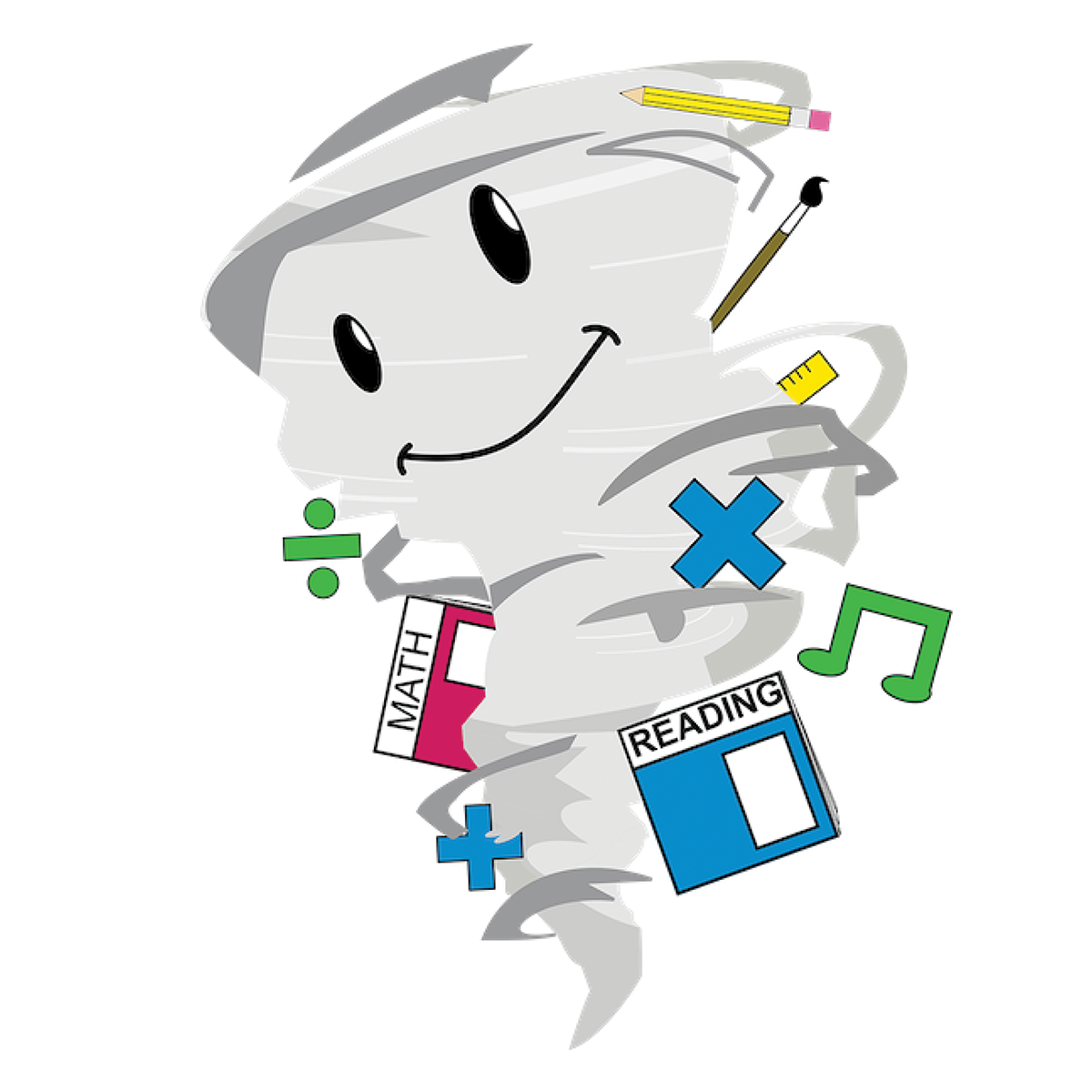LUMBERTON – The Public Schools of Robeson County Board of Education adopted the District Mental Health Plan on Tuesday, which includes resources and information to support the mental health of staff members and students.
Each year, a Mental Health Plan is presented and adopted by the Board of Education. This plan is entering its third year of implementation and highlights professional development for staff to address the whole child approach when considering positive mental health for all students.
Additions to this year’s plan include professional development sessions for staff members to identify sex trafficking.
Student Support Services staff including school counselors and school social workers will continue to complete suicide or self-harm assessments, provide brief counseling, collaborate with community mental health agencies, and expand an early warning system to be preventive in delivering an evidence-based mental health intervention.
“We strive to meet children where they are and find support to assist them in becoming better inside the classroom,” said Jadell Hawks, director of Student Services.
Providing support for the overall mental health of staff and students includes addressing all aspects of social-emotional development across the lifespan of development including wellness, mental illness, substance abuse and effects of adverse childhood experiences or trauma.
“Mental health can be a barrier to children and families who might not know where to identify services. Our goal is to link families with community partners and create a smooth transition to obtaining mental health services that are customized to their need so classroom instruction can continue,” Hawks added.
In accordance with Session Law 2020-7 in June 2020, the Public Schools of Robeson County has been tailoring an approach that will be all-inclusive to students and provide support for school-based training.
Those training sessions are centered on identifying warning signs, learning to begin conversations with students or staff, effectively identifying resources and then following procedures to ensure safety at all times. This plan embraces early warning measures through Gaggle software alerts at the school to identify potential harm and then incorporates social-emotional lessons through Second Steps for all students in grades kindergarten through 8.
Another aspect of the plan includes partnering with community agencies to address bullying and cyber safety.
Bullying “[i]s characterized as aggressive behavior that strength between the bully and the victim, and occurs repeatedly over time” (Brohl & Ledford, 2012; Kanel, 2015 p. 120).
Types of bullying: physical (hitting, kicking and tripping); verbal (name calling and teasing); social (spreading rumors and excluding individuals from a group); cyber (occurs via internet, electronic devices); and/or damage to property.
“Bullying often takes place on school campuses, through email, cellphone texting, instant messaging, blogging, and social networking sites” (Kanel, 2015 p.120). Reports of bullying are the highest in middle schools (28%), followed by high schools (16%), combined schools (12%), and primary schools (9%).
“Bullying can result in physical injury, social and emotional distress, self-harm, and even death. It also increases the risk for depression, anxiety, sleep difficulties, lower academic achievement, and dropping out of school,” according to the Centers for Disease Control and Prevention.
“Youth who bully others are at increased risk for substance use, academic problems, and experiencing violence later in adolescence and adulthood.4 Youth who bully others and are bullied themselves suffer the most serious consequences and are at greater risk for mental health and behavioral problems,” according to the CDC.
If you have any questions regarding the plan and would like a copy, please contact your school's counselor for assistance.

